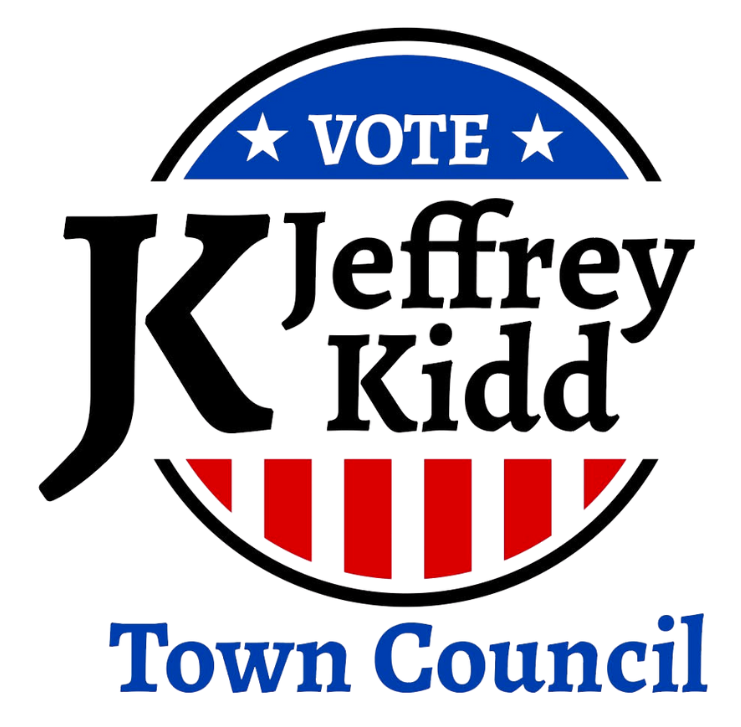Impact Fees
The Case for Increasing Impact Fees on New Homes in York County, SC
York County, South Carolina, is experiencing explosive population growth, particularly in areas like Fort Mill and Clover, where new residential developments are sprouting up rapidly to accommodate an influx of residents drawn by the region's proximity to Charlotte, economic opportunities, and quality of life.
This boom, while economically beneficial, comes at a steep price: skyrocketing costs for public services, especially education, as school districts scramble to build new facilities, hire staff, and expand infrastructure to handle thousands of additional students. The proposed impact fee increases—such as the recent push in the Clover School District to raise fees on new single-family homes from $4,000 to $15,035—are not just necessary but fundamentally fair.
They embody the principle that "growth should pay for growth," ensuring that newcomers foot the bill for the burdens they impose rather than forcing existing taxpayers to subsidize them through higher property taxes.
Impact fees are one-time charges levied on new development to cover the capital costs of expanding public infrastructure, including schools, roads, and utilities, directly attributable to that growth.
In York County, the primary driver of these costs is education. For instance, the Fort Mill School District anticipates an enrollment surge of over 5,200 students by 2035 and nearly 12,500 by 2045, necessitating massive investments in new schools and expansions.
Similarly, Clover's schools are under strain, with district officials projecting multimillion-dollar needs for facilities that current funding can't meet without tapping into general taxes.
Without adequate impact fees, these costs fall squarely on longtime residents, who see their property taxes rise to cover classrooms and teachers for families who just moved in. This isn't equitable—it's a hidden subsidy for developers and new buyers at the expense of established communities.
The benefits of robust impact fees are clear and well-documented. They promote fiscal responsibility by making sure new development contributes proportionally to the services it demands, preventing budget shortfalls and tax hikes that could deter economic stability.
In places like Fort Mill, where fees were recently hiked to nearly $30,000 per new single-family home, this approach has already helped fund school expansions without overburdening existing taxpayers.
Impact fees also encourage smarter growth: Developers are incentivized to build efficiently, and communities avoid sprawling developments that outpace infrastructure.
Critically, they level the playing field—newcomers pay their share upfront, aligning with the user-pays model that underpins sustainable urban planning. Raising taxes across the board, as an alternative, would punish everyone equally for a problem caused by a subset, eroding public trust and potentially slowing overall economic progress.
Opposition to these fee increases often stems from the corruptive influence of big money in local politics, particularly from groups like the Home Builders Association of South Carolina (HBASC). These organizations, representing developers' interests, have a vested stake in keeping fees low to maximize profits on new homes, effectively shifting the financial burden of growth onto taxpayers.
In York County, builders and HBASC representatives turned out in force against the Clover proposal, with many opponents hailing from outside the district, arguing that higher fees would "stifle development" or raise housing costs—claims that conveniently ignore how low fees subsidize their bottom lines at public expense.
This isn't new: The HBASC has a history of lobbying against fee hikes and even suing over them, as seen in their 2018 challenge to Fort Mill's fees and broader attacks on South Carolina's impact fee laws.
Such influence peddling distorts policy, prioritizing corporate gains over community needs. When builders succeed in capping fees—as they partially did in Clover, where the council slashed the proposed increase from about $11,000 to a mere $3,000 (resulting in a new fee of $7,000)—it's taxpayers who pick up the slack, funding schools through higher millage rates or bonds.
This is cronyism at work: Developers donate to campaigns, testify en masse, and leverage associations to pressure councils, all while existing residents bear the long-term costs.
In short, boosting impact fees in York County isn't about punishing growth—it's about managing it responsibly. By making newcomers pay their fair share for the schools their families will use, we protect current residents from unfair tax burdens and ensure sustainable development. Ignoring this in favor of developer-friendly policies only perpetuates inequality and fiscal irresponsibility. York County leaders should stand firm against monied interests and approve meaningful increases—because true progress means growth that benefits everyone, not just the builders' balance sheets.
